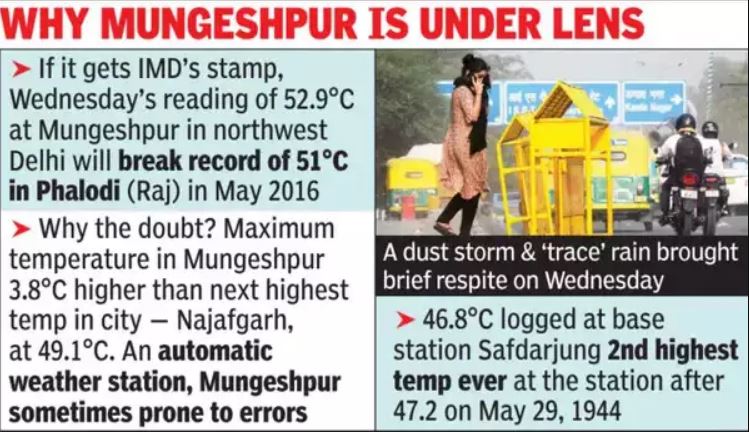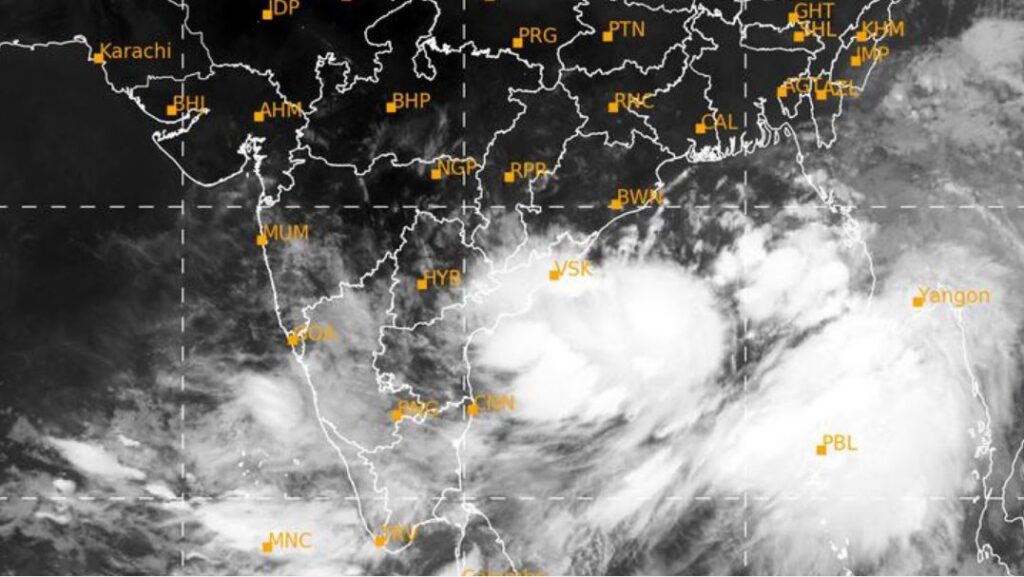Cyclonic Storm Fengal Makes Landfall Between Karaikal and Mahabalipuram
Cyclonic storm Fengal, made landfall between Karaikal and Mahabalipuram near Puducherry on 30 November 2024, bring heavy rainfall and strong winds gusting up to 90 km/h. The Puducherry administration and Tamil Nadu authorities are on high alert, implementing extensive disaster management measures.
Emergency Preparations: The Disaster Management Emergency Operations Center is monitoring the situation. Officials, including District Collector A. Kulothungan, inspected low-lying areas and issued instructions to address challenges swiftly. NDRF trained personnel on portable lighting systems for power outages, while awareness campaigns urge residents to avoid unnecessary travel.





















